Florida’s subtropical climate is known for its lush vegetation, exotic wildlife, and year-round warmth. With such favorable conditions for a wide variety of creatures, it’s no surprise that some residents and visitors occasionally ask, “Are there scorpions in Florida?” The answer is yes.
While not as common as in the arid Southwest, Florida is home to a few native scorpion species that are well-adapted to the state’s diverse ecosystems.
Understanding the characteristics, habitat, behavior, and risks of these arachnids is important for both awareness and safety.
Scorpions in the Florida Landscape
Scorpions in Florida have adapted to live in a range of environments, from pine forests and mangrove swamps to suburban gardens and under rocks or debris. They typically prefer dark, moist areas that offer both protection and a steady supply of insects. Scorpions are nocturnal hunters, using the cover of night to feed on ants, beetles, and other small prey. During the day, they retreat to cooler hiding spots such as woodpiles, tree bark, or crawl spaces.
While they are not aggressive toward humans, scorpions can become a nuisance when they wander indoors in search of food or shelter. In particular, poorly sealed homes, especially in rural or wooded areas, may provide easy access points for scorpions. People who work in landscaping, construction, or other outdoor jobs are more likely to encounter them.
Florida’s scorpion population isn’t particularly high compared to desert regions, but the state’s species are well integrated into local ecosystems. Most sightings occur in Central and South Florida, especially in areas with abundant vegetation, loose soil, and natural debris. Urban development in these regions often displaces scorpions, leading to increased contact with humans.
Identifying Florida’s Scorpion Species
Three species of scorpions are native to Florida, each with distinct features and behaviors. Though they may look intimidating, these scorpions are not considered dangerous to humans. The most common species is the Florida bark scorpion, also known as the slender brown scorpion. It can be recognized by its thin body, light brown coloration, and dark markings on its back. This species typically reaches lengths of about 3 inches and is known for its agility and tendency to climb walls or trees.
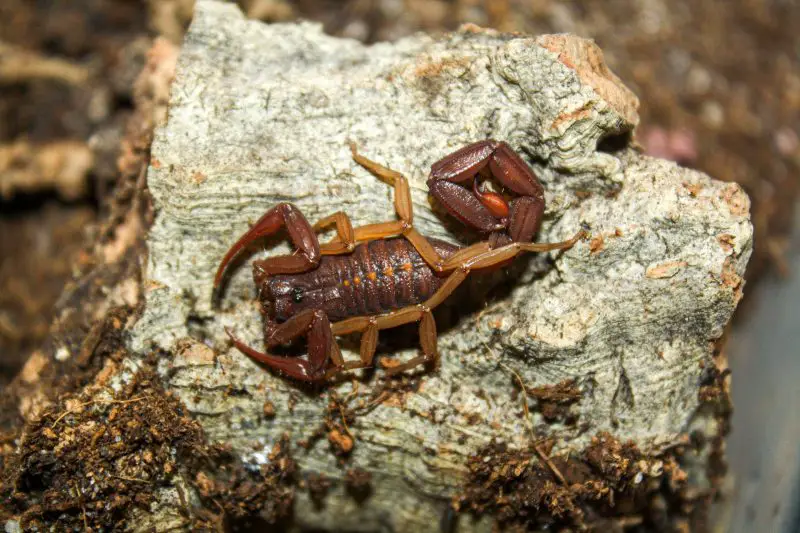
Another native species is the Hentz striped scorpion, easily identifiable by the faint, pale stripes running along its back. This species is slightly smaller than the Florida bark scorpion and tends to be more reclusive. It is often found under logs, leaf litter, and inside decaying wood, preferring quiet, undisturbed environments. Its coloration usually includes a combination of yellowish-brown and dark striping, which offers camouflage against natural debris.
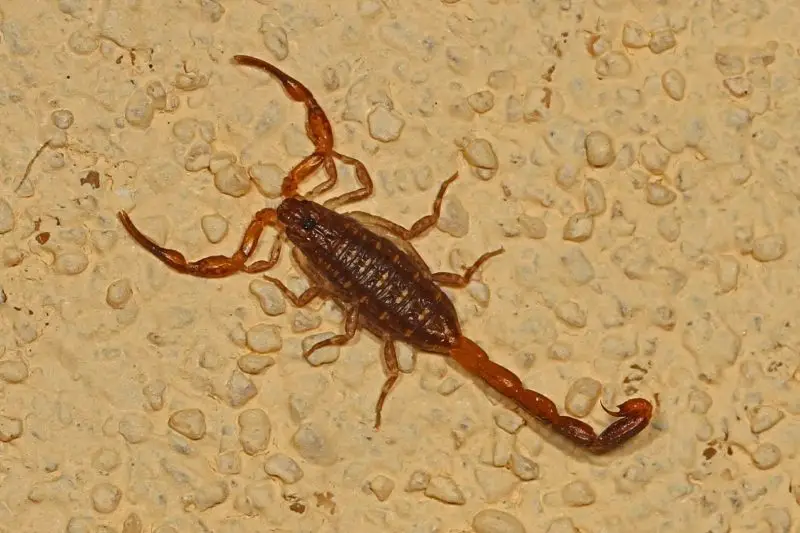
The third species, the Guiana striped scorpion, is less common and typically found in southern parts of Florida. It resembles the Hentz striped scorpion but is generally darker in coloration and prefers more humid habitats, such as around wetlands or tropical vegetation. Because it is less often encountered by humans, sightings of this species are relatively rare outside specialized surveys or ecological studies.
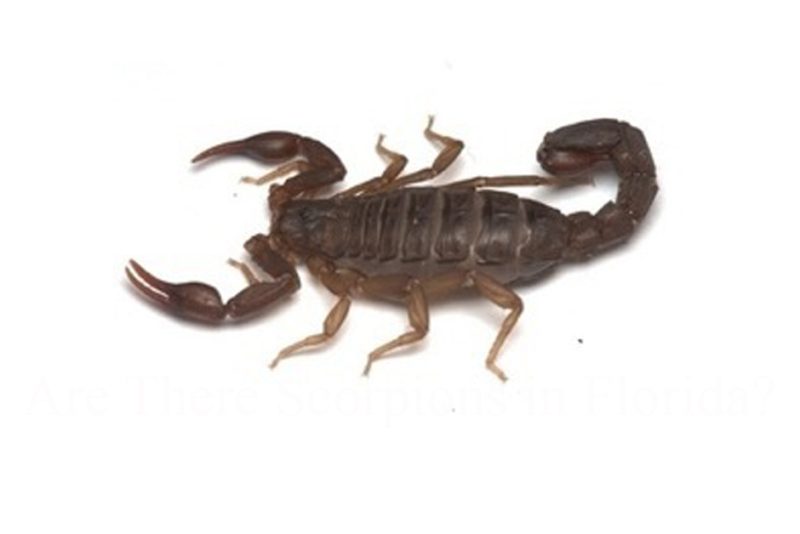
Scorpion Anatomy and Behavior
Understanding scorpion anatomy is essential for accurate identification and gauging potential risks. Scorpions have eight legs, a pair of pincers (pedipalps), and a segmented tail that curves over their back, ending in a stinger. Their exoskeleton provides durability and protection from predators, while specialized sensory hairs on their legs allow them to detect vibrations and prey.
Florida scorpions tend to be shy and secretive, using their pincers to grasp prey and their stinger as a last resort for defense. When threatened, they typically retreat rather than attack. Their stinger delivers venom, which varies in potency among species but is usually not harmful to healthy adults. Most scorpion stings in Florida cause mild symptoms similar to a bee sting—pain, redness, and swelling—although allergic reactions are possible in sensitive individuals.
Scorpions are solitary creatures, only coming together for mating. After mating, the female gives birth to live young, which climb onto her back and remain there for about a week before dispersing. This maternal behavior increases the survival rate of the young, especially in hostile or competitive environments. Scorpions can live several years in the wild, depending on environmental conditions and access to food.
Where Scorpions Are Found in Florida
Florida’s climate and biodiversity support scorpions in several regions, though their presence is more concentrated in certain parts of the state. Central Florida, including areas around Orlando and Lakeland, provides the ideal mix of vegetation and humidity for species like the Florida bark scorpion. These areas also have many residential communities near natural preserves, increasing the chance of human-scorpion encounters.
South Florida, with its warm temperatures and lush vegetation, is another hotspot for scorpion activity. The Everglades and surrounding habitats offer dense ground cover, fallen logs, and rotting vegetation that create perfect hiding spots. Although the Guiana striped scorpion is more elusive, it thrives in the damp, shaded areas typical of this region.
In contrast, North Florida sees fewer scorpions, mainly due to its cooler winters and less hospitable terrain. However, sightings do occur in wooded areas and around older homes with crawl spaces or woodpiles. The Hentz striped scorpion is more common in this region, particularly where decaying plant matter is abundant.
Urban and suburban areas across the state also host scorpions, especially in gardens, under mulch, or around the foundations of homes. Construction zones and areas with disrupted soil may temporarily displace scorpions, causing them to move into garages, basements, or sheds. Residents often discover them when moving storage containers, lifting patio furniture, or inspecting dark corners.
Venom and Human Interaction
The venom of Florida scorpions is not considered medically significant, but it can still cause discomfort. Most stings result in a sharp, localized pain followed by minor swelling and redness. In rare cases, individuals may experience numbness, tingling, or a burning sensation that can last for several hours. Children, the elderly, and people with allergies are more vulnerable to adverse reactions and may require medical attention if symptoms worsen.
Despite their fearsome reputation, Florida’s native scorpions are not aggressive. They sting only when provoked or accidentally stepped on, sat upon, or trapped in clothing. Wearing gloves while gardening, shaking out shoes or clothes before use, and sealing entry points in the home are effective strategies to reduce the chance of an encounter.
Pets, especially curious dogs and cats, may be at risk of being stung while playing or digging in the yard. While most pets recover quickly, it’s advisable to monitor them for signs of swelling or distress after a sting. In any case of severe reaction, a visit to the veterinarian is recommended. Preventive measures such as maintaining a tidy yard and removing potential hiding spots can help keep both pets and humans safe.
Natural Predators and Ecological Role
Scorpions are not just pests; they play an important ecological role in Florida’s environment. As nocturnal predators, they help control populations of insects, spiders, and other small arthropods. This natural pest control supports the health of both natural and human-altered ecosystems. Their presence can indicate a balanced environment with adequate food sources and minimal pesticide use.
Scorpions, in turn, are preyed upon by a variety of animals, including birds, frogs, lizards, centipedes, and even other scorpions. Some mammals like raccoons and opossums are known to eat scorpions without suffering from their venom. This balance within the food chain ensures that scorpions do not overpopulate and helps sustain Florida’s biodiversity.
Maintaining a healthy outdoor habitat with native plants and minimal chemical use can encourage the presence of scorpion predators, creating a natural form of population control. Gardeners and homeowners concerned about scorpions might find that fostering a biodiverse garden is one of the best defenses against infestations.
Managing Scorpions Around the Home
For homeowners in scorpion-prone regions of Florida, prevention is key to minimizing indoor encounters. Sealing cracks in walls, doors, and windows is essential to blocking common entry points. Ensuring that screens are in good repair and using weather stripping around doors can also help keep scorpions out. Regular inspection of attics, basements, and garages can reveal potential hiding spots.
Outdoor maintenance is equally important. Removing woodpiles, trimming overgrown vegetation, and keeping mulch away from the foundation of the house reduces the number of places scorpions can hide. If scorpions are frequently seen around a property, it may be necessary to consult a pest control professional with experience in managing scorpion populations. Environmentally-friendly solutions, such as diatomaceous earth or essential oil sprays, can be used as a safer alternative to harsh chemicals.
Lighting may also play a role in attracting or deterring scorpions. Since many of their prey are drawn to artificial lights, scorpions may follow them to the source. Reducing exterior lighting or switching to yellow bug lights can help limit insect and scorpion activity near the home. Checking and cleaning outdoor furniture, grills, and storage areas regularly will further reduce the chance of surprise encounters.
FAQ About Are There Scorpions in Florida?
Are there scorpions in Florida?
Yes, Florida is home to several native scorpion species. While they are not as common as in desert regions, scorpions do live in various habitats across the state.
What types of scorpions are found in Florida?
The most common species include the Florida bark scorpion, the Hentz striped scorpion, and the Guiana striped scorpion. Each has distinct characteristics and preferred habitats.
Are scorpion stings dangerous in Florida?
Most scorpion stings in Florida cause mild symptoms similar to a bee sting, such as pain, redness, and swelling. Serious reactions are rare but possible, especially in allergic individuals.
Where am I most likely to encounter scorpions in Florida?
Scorpions are mostly found in Central and South Florida, particularly in wooded areas, gardens, under debris, and near wetlands. They may occasionally enter homes in these regions.
How can I prevent scorpions from entering my home?
Sealing cracks, repairing screens, removing woodpiles, and keeping outdoor areas tidy can help reduce scorpion encounters. Wearing gloves when gardening is also advisable.
What should I do if I get stung by a scorpion?
Clean the sting area with soap and water, apply a cold compress to reduce pain and swelling, and monitor for allergic reactions. Seek medical attention if symptoms worsen or if the person stung is a child or elderly.
Conclusion: Staying Safe and Informed
While scorpions are present in Florida, they are not a widespread threat and rarely cause serious harm. Most species found in the state are small, non-aggressive, and deliver venom that poses little risk to humans. Understanding their habits, habitats, and how to prevent interactions is the best way to coexist with these fascinating arachnids.
Floridians and visitors alike can take comfort in knowing that with basic precautions and awareness, scorpion encounters can be minimized. From recognizing the native species to securing your home and outdoor spaces, a little knowledge goes a long way. By appreciating their role in the ecosystem and respecting their presence, it’s possible to maintain both safety and harmony with Florida’s natural wildlife.

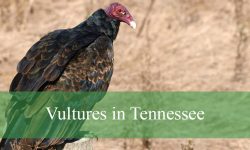
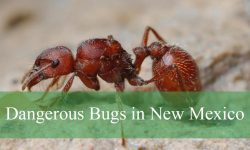

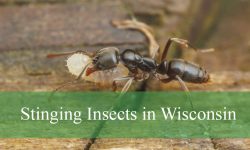
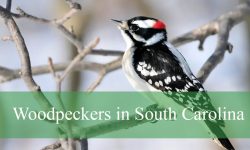
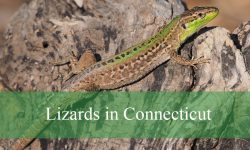
You forgot to mention the Whip Scorpion. The tail looks like a straight antennae. They bury their bodies in the sand within second, leaving the straight tail showing which appears to be a thin twig sticking up.
Thanks for your info.